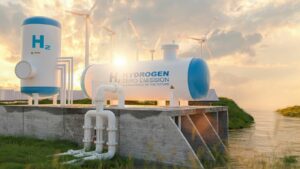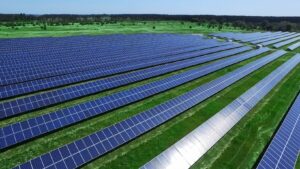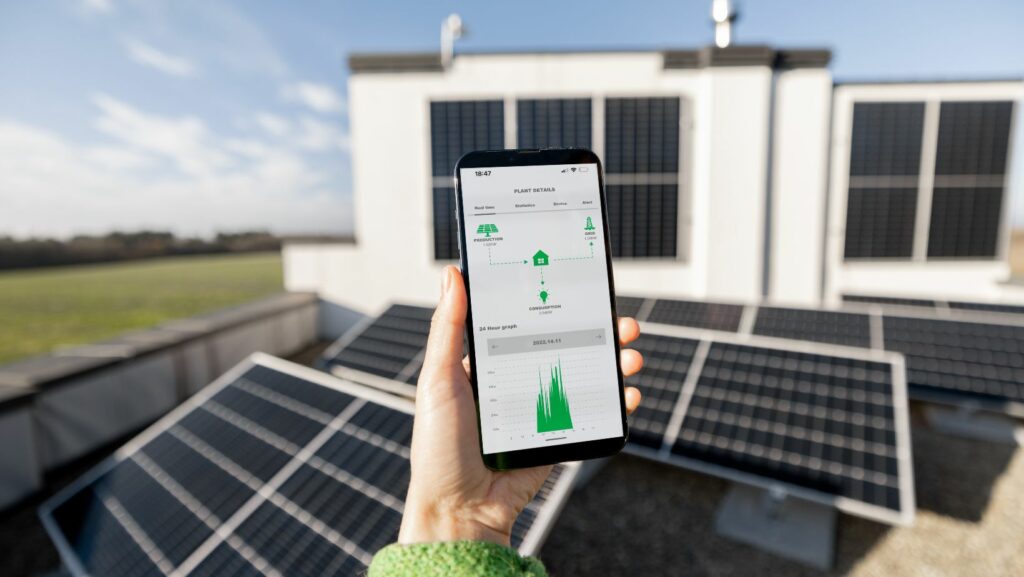As the world grapples with climate change, green energy products aren’t just a trend, they’re a necessity. They’re transforming the way we power our homes, fuel our vehicles, and live our lives. This article sheds light on these eco-friendly powerhouses, revealing their potential in creating a sustainable future.
Green Energy Products
 Green energy products encompass a range of tools, systems, and appliances that leverage renewable power sources. It’s generally recognized that these items contribute significantly to curbing carbon emissions. Green energy products include, but are not limited to, photovoltaic cells, often assembled into solar panels, wind turbines capable of harnessing airflow for electricity, and geothermal pumps that take advantage of the heat under earth’s surface.
Green energy products encompass a range of tools, systems, and appliances that leverage renewable power sources. It’s generally recognized that these items contribute significantly to curbing carbon emissions. Green energy products include, but are not limited to, photovoltaic cells, often assembled into solar panels, wind turbines capable of harnessing airflow for electricity, and geothermal pumps that take advantage of the heat under earth’s surface.
An illustrative example would be electric vehicles, which utilize battery systems charged through renewable energy sources rather than fossil fuels. Biomass boilers, another example, burn organic materials for heat, ensuring these potential waste products don’t end up in landfill sites. Immediately apparent is the benefit: less fossil fuel consumption, fewer carbon emissions, directly corresponding to a healthier environment. Such products, hinged on green energy principles, contribute to the ecological balance, thereby laying a foundation for a sustainable future.
Review of Popular Green Energy Products

Alluding to the prior context, the discussion now turns towards the review of popular products in the green energy segment. Solar panels, leading the pack, serve as a prime example of harnessing the sun’s power for electricity generation. Users laud them for their efficiency and longevity, factoring into their immense popularity.
Following closely are wind turbines, representing a primal force in green energy products, seizing the power of wind to produce electricity. Their scalability, from massive offshore structures to small-scale rooftop models, make them an adaptable choice for varied energy needs.
Geothermal pumps, another critical green energy product, utilize the earth’s consistent underground temperatures to provide heating and cooling solutions. They’re marked for their efficiency, cost-effectiveness, and minimal maintenance.
Veering towards transportation, electric vehicles hold the helm share of global attention. Their contribution to curbing carbon footprints, along with cutting-edge technology and smooth functioning, marks them as a game-changer.
Lastly, biomass boilers, converting organic matter into usable heat energy, find favor because of their broad fuel spectrum and contribution toward waste reduction.
Notwithstanding differences, commonalities bind these products – commitment to sustainability, renewable resource use, and carbon reduction efforts. Thus, presenting them as instrumental vehicles propelling the green energy revolution.
The Cost-effectiveness of Green Energy Products
 Green energy products not only curtail carbon emissions, but offer cost-effective solutions further. Firstly, solar panels convert sunlight directly into electricity, saving money on power bills over time. Depending on geographic location and sunlight exposure, break even points range between 6 to 15 years, with savings thereafter. Secondly, wind turbines reward with high ROI, particularly in windy areas. According to a study by the National Renewable Energy Laboratory, large-scale wind farms may produce electricity for as low as 2 cents per kilowatt-hour, making it highly cost competitive. Thirdly, geothermal heating pumps utilize underground temperatures to heat and cool homes, offering up to 60% decrease in energy expenses.
Green energy products not only curtail carbon emissions, but offer cost-effective solutions further. Firstly, solar panels convert sunlight directly into electricity, saving money on power bills over time. Depending on geographic location and sunlight exposure, break even points range between 6 to 15 years, with savings thereafter. Secondly, wind turbines reward with high ROI, particularly in windy areas. According to a study by the National Renewable Energy Laboratory, large-scale wind farms may produce electricity for as low as 2 cents per kilowatt-hour, making it highly cost competitive. Thirdly, geothermal heating pumps utilize underground temperatures to heat and cool homes, offering up to 60% decrease in energy expenses.
Electric vehicles also comprise part of the cost-effective green energy products. Reduced fuel costs, coupled with low maintenance requirements, make them an economically viable choice. Lastly, biomass boilers serve as a cost-effective method for central heating, with fuel sources such as wood pellets being cheaper than traditional heating oil.
How to Choose the Right Green Energy Products
As we’ve seen, green energy products are changing the game in sustainability and climate change. But it’s not just about embracing green energy – it’s about making smart, informed choices. From solar panels to electric vehicles, the options are plentiful. It’s crucial to consider factors like cost-effectiveness, efficiency, and the product’s impact on the environment. Stay up-to-date with the latest advancements in technology. This ensures you’re getting the best performance and value for your investment. Remember, every small step towards a more sustainable lifestyle counts. By choosing the right green energy products, you’re not just saving on costs. You’re also contributing to a cleaner, greener world. Now that’s a win-win!

